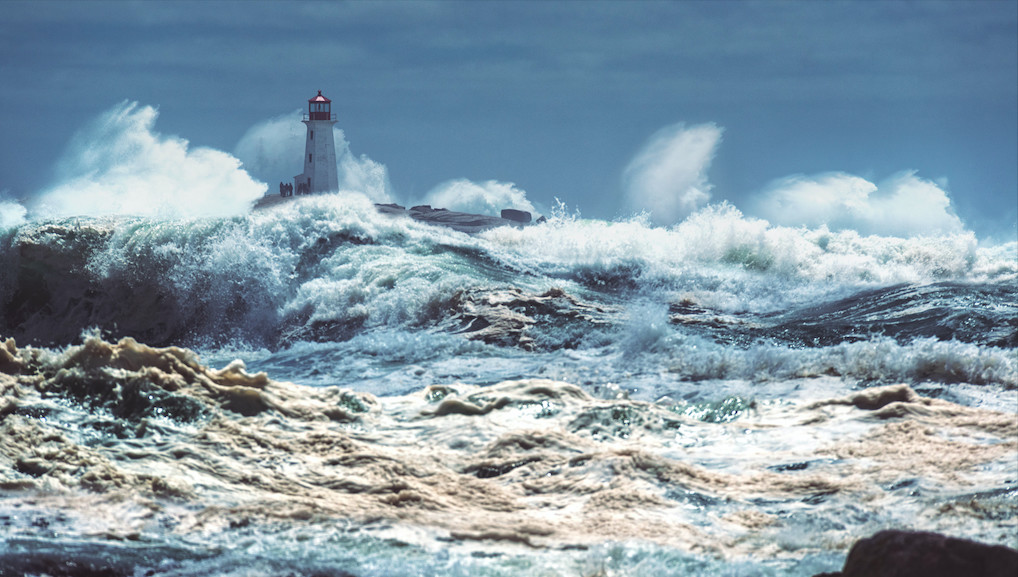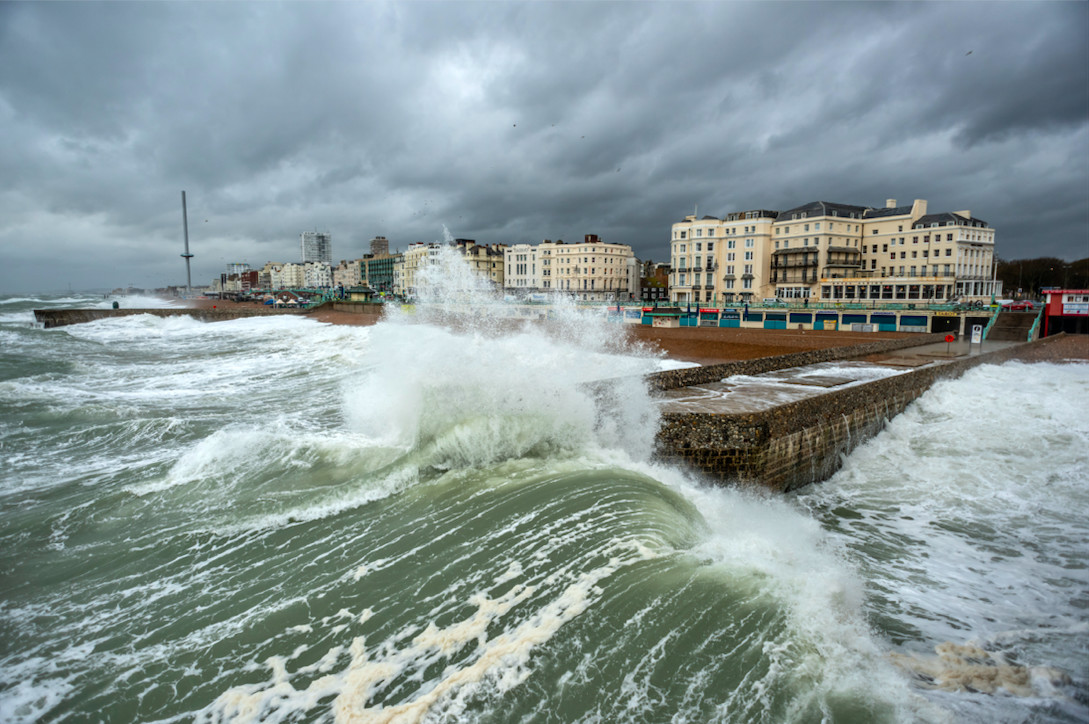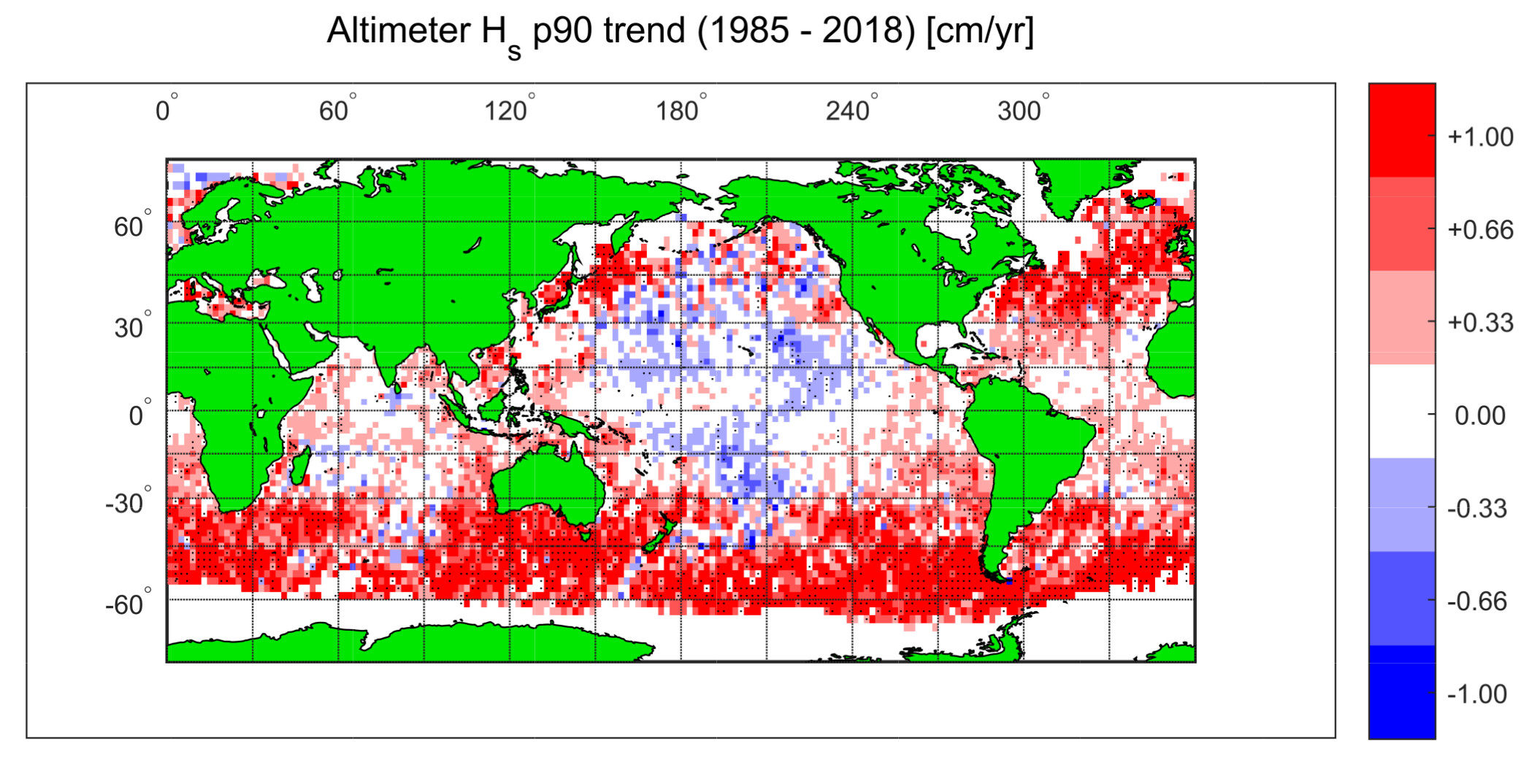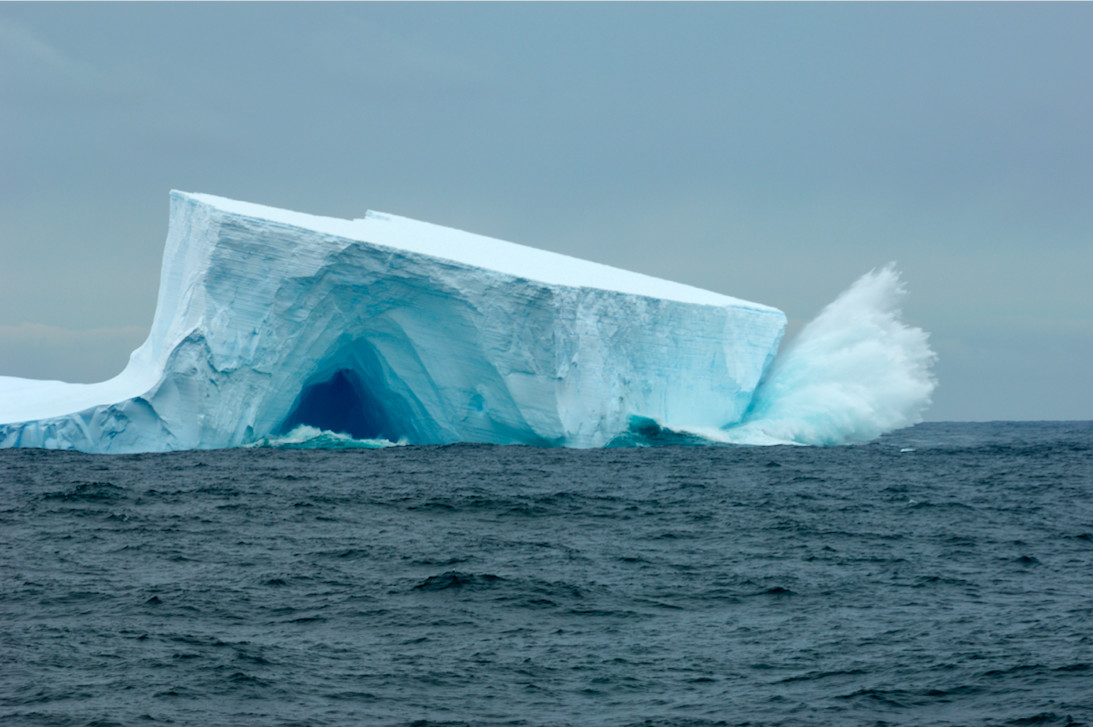
Environment
Exploring the birthplace of monster waves

Using billions of satellite measurements, new research shows ocean waves and the winds that generate them have been increasing for the last 30 years
Published 26 April 2019
During extreme storms, ocean waves can be more than 20 metres high, or as tall as a five-storey building.
More than being just a product of our weather systems, waves are critical for ocean shipping, the stability of beaches, coastal inundation or flooding and determining the design of coastal and offshore structures.

But our new research, published in Science, shows that these waves, and the winds that generate them, are increasing in magnitude and have been doing so for the last 30 years.
These new measurements show that global average wave conditions are increasing but, more importantly, extreme wave conditions are increasing even more rapidly with the largest increases occurring in the Southern Ocean.

Environment
Exploring the birthplace of monster waves
We found that extreme winds in the Southern Ocean have increased by approximately 1.5 metres per second or 8 per cent over the last 30 years. Similarly, extreme waves in this same region have increased by 30 centimetres or 5 per cent. Generally, winds are increasing at a faster rate than the waves.
In addition to the increases in the Southern Ocean, extreme winds have also increased in the equatorial Pacific and Atlantic, and the North Atlantic by approximately 0.6 metres per second over the 30 year period.
These changes in ocean wind and wave climates were determined by creating and analysing a database of satellite measurements of wind speed and wave height.
We used data from a total of 31 satellites that were in orbit between 1985 and 2018. For more than thirty years, these satellites made approximately 4 billion measurements of wind speed and wave height.


Although the data set is huge, to be useful all the satellites needed to be very precisely calibrated. This was done by comparing the satellite measurements with more than 80 ocean buoys deployed around the world. This is the largest and most detailed database of its type ever compiled.
Importantly, within the combined database, there are three different forms of satellites – altimeters, radiometers and scatterometers. They used different methods to measure ocean waves, so combining them provides an even more robust data set.

Environment
Protecting our coasts naturally
The increases in extreme wave height are less uniform than the winds. In addition to increases in the Southern Ocean, the heights of extreme waves are also increasing in the North Atlantic. The rate of increase in wind speed and wave height is shown in the graphs above.
Although increases of 5 per cent for waves and 8 per cent for winds may not seem like much, if sustained into the future such changes to our climate will have major ramifications. The potential impacts of climate induced sea level rises are well known. What most people don’t understand is that the actual flooding events are caused by storm surges and breaking waves associated with storms.
The increased sea level just makes these wind and wave events more serious and more frequent. Increases in wave height and other properties such as wave direction will further increase the probability of coastal flooding. Changes like these will also cause enhanced coastal erosion, putting at risk coastal settlements and infrastructure.

We still don’t know if the historical increases will be sustained into the future. One of the important uses of the extensive satellite database will be to calibrate and validate the next generation of global climate models which are now including ocean wave predictions. Early results from such models yield similar results to the historical record and particularly point to changes in the Southern Ocean.
Changes in the Southern Ocean are important, as this is the origin for swell that dominates the wave climate of the South Pacific, South Atlantic and Indian Oceans, and determines the stability of beaches for much of the Southern Hemisphere.

Sciences & Technology
How do aerosols help our atmosphere clean itself?
Changes in the Southern Ocean can have impacts that are felt around the world, with storm waves increasing coastal erosion, and putting costal settlements and infrastructure at risk.
International research teams including the University of Melbourne, are now working to develop the next generation of global climate models to project changes in winds and waves over the next 100 years.
We need a better understanding of how much of this change is due to long-term climate change, and how much is due to multi-decadal fluctuations, or cycles.
Banner: Getty Images